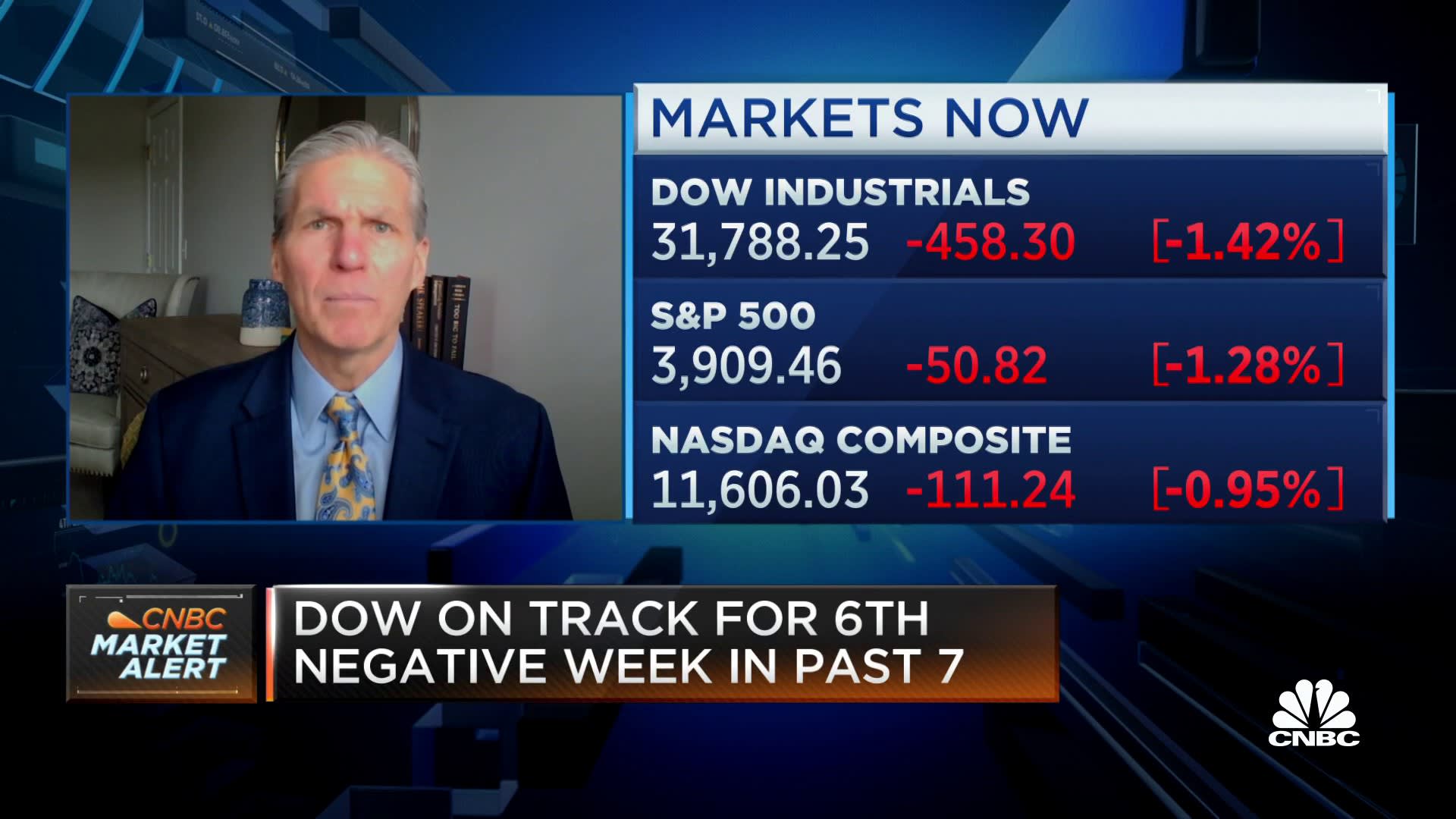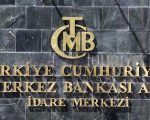
Even with turmoil in the banking industry and uncertainty ahead, the Federal Reserve likely will approve a quarter-percentage-point interest rate increase next week, according to market pricing and many Wall Street experts.
Rate expectations have been on a rapidly swinging pendulum over the past two weeks, varying from a half-point hike to holding the line and even at one point some talk that the Fed could cut rates.
However, a consensus has emerged that Fed Chairman Jerome Powell and his fellow central bankers will want to signal that while they are attuned to the financial sector upheaval, it’s important to continue the fight to bring down inflation.
That likely will take the form of a 0.25 percentage point, or 25 basis point, increase, accompanied by assurances that there’s no preset path ahead. The outlook could change depending on market behavior in the coming days, but the indication is for the Fed to hike.
U.S. Federal Reserve Chair Jerome Powell addresses reporters after the Fed raised its target interest rate by a quarter of a percentage point, during a news conference at the Federal Reserve Building in Washington, February 1, 2023.
Jonathan Ernst | Reuters
“They have to do something, otherwise they lose credibility,” said Doug Roberts, founder and chief investment strategist at Channel Capital Research. “They want to do 25, and the 25 sends a message. But it’s really going to depend on the comments afterwards, what Powell says in public. … I don’t think he’s going to do the 180-degree shift everybody’s talking about.”
Markets largely agree that the Fed is going to hike.
As of Friday afternoon, there was about a 75% chance of a quarter-point increase, according to CME Group data using Fed funds futures contracts as a guide. The other 25% was in the no-hike camp, anticipating that the policymakers might take a step back from the aggressive tightening campaign that began just over a year ago.
Goldman Sachs is one of the most high-profile forecasters seeing no change in rates, as it expects central bankers in general “to adopt a more cautious short-term stance in order to avoid worsening market fears of further banking stress.”
A question of stability
Whichever way the Fed goes, it’s likely to face criticism.
“This might be one of those times where there’s a difference between what they should do and what I think they will do. They definitely should not tighten policy,” said Mark Zandi, chief economist at Moody’s Analytics. “People are really on edge, and any little thing might push them over the edge, so I just don’t get it. Why can’t you just pivot here a little and focus on financial stability?”
A rate increase would come just over a week after other regulators rolled out an emergency lending facility to halt a crisis of confidence in the banking industry.
The shuttering of Silicon Valley Bank and Signature Bank, along with news of instability elsewhere, rocked financial markets and set off fears of more to come.
Zandi, who has been forecasting no rate hike, said it’s highly unusual and dangerous to see monetary policy tightening under these conditions.
“You’re not going to lose your battle against inflation with a pause here. But you could lose the financial system,” he said. “So I just don’t get the logic for tightening policy in the current environment.”
Still, most of Wall Street thinks the Fed will proceed with its policy direction.
Cuts still expected by year’s end
In fact, Bank of America said the policy moves of last Sunday to backstop depositor cash and support liquidity-strapped banks allows the Fed the flexibility to hike.
“The recent market turbulence stemming from distress in several regional banks certainly calls for more caution, but the robust action by policymakers to trigger systemic risk exceptions … is likely to limit fallout,” Bank of America economist Michael Gapen said in a client note. “That said, events remain fluid and other stress events could materialize between now and next Wednesday, leading the Fed to pause its rate hike cycle.”
Indeed, more bank failures over the weekend could again throw policy for a loop.
One important caveat to market expectations is that traders don’t think any further rate hikes will hold. Current pricing indicates rate cuts ahead, putting the Fed’s benchmark funds rate in a target range around 4% by year end. An increase Wednesday would put the range between 4.75%-5%.
Citigroup also expects a quarter-point hike, reasoning that central banks “will turn attention back to the inflation fight which is likely to require further increases in policy rates,” the firm said in a note.
The market, though, has not had the benefit of hearing from Fed speakers since the financial tumult began, so it will be harder to gauge how officials feel about the latest events and how they fit into the policy framework.
The biggest concern is that the Fed’s moves to arrest inflation eventually will take the economy into at least a shallow recession. Zandi said a hike next week would raise those odds.
“I think more rational heads will prevail, but it is possible that they are so focused on inflation that they are willing to take their chance with the financial system,” he said. “I thought we could make our way through this period without a recession, but it required some reasonably good policymaking by the Fed.
“If they raise rates, that qualifies as a mistake, and I would call it an egregious mistake,” Zandi added. “The recession risks will go meaningfully higher at that point.”








